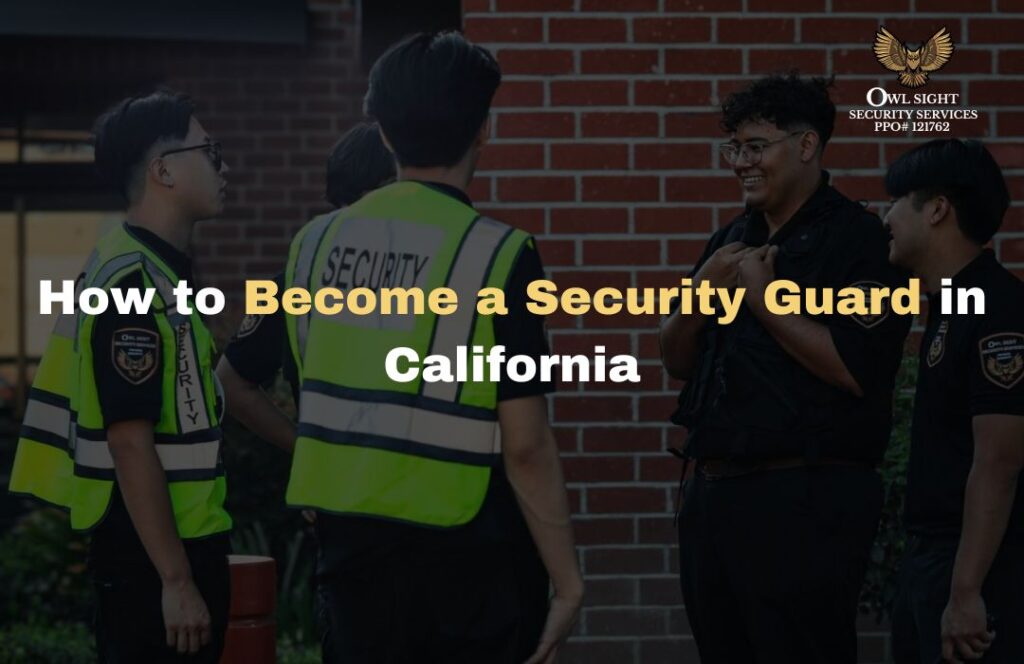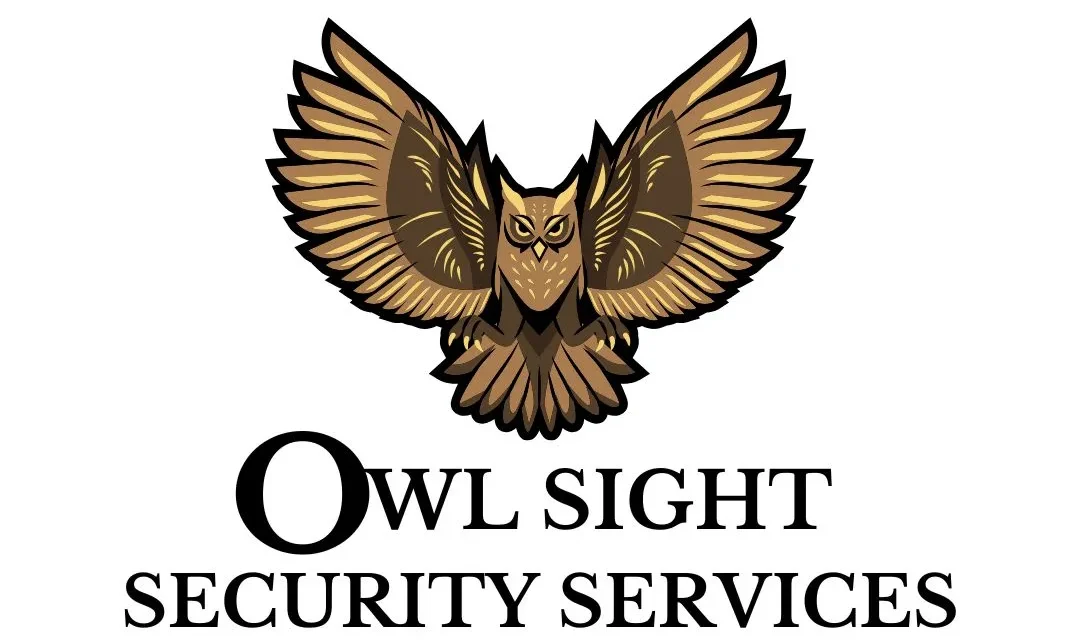
Entering the private security field can create steady career opportunities, especially in high-demand regions where businesses, residential communities, and public venues rely on trained professionals for safety. Understanding the steps to become a security guard in California helps new applicants navigate the licensing process efficiently. California has strict standards designed to ensure guards are trained, vetted, and prepared to handle professional responsibilities. Proper certification supports consistent industry performance. Clear guidelines help applicants succeed.
The state requires prospective guards to meet specific eligibility standards before they can work. These requirements include completing initial training, obtaining background clearance, and applying for a state-issued guard card. Learning how to get a guard card and training requirements in California helps applicants prepare in advance and avoid delays. Organized planning strengthens the application process. Careful preparation ensures accurate submissions.
California’s system is designed to protect the public and maintain a reliable workforce. As demand for private security continues to grow, new applicants benefit from understanding licensing rules and training expectations early in their journey. With the right preparation and guidance, the process can be completed smoothly. Strong awareness increases applicant confidence. Structured steps lead to successful certification.
Understanding Basic Eligibility Requirements
One of the first steps to become a security guard in California is ensuring eligibility. Applicants must be at least 18 years old and legally permitted to work in the United States. These requirements establish a basic standard for professionalism and compliance. Meeting eligibility criteria ensures readiness for the next steps. Early preparation helps avoid delays.
Applicants must also undergo fingerprinting through Live Scan to complete a criminal background check. The state uses this review to confirm an applicant’s suitability for the position. This step is required before a guard card can be issued. Accurate documentation supports a quicker approval process. Compliance ensures ongoing trust in the profession.
Understanding the role and responsibilities of security guards is also essential. Guards are expected to remain observant, communicate clearly, and follow safety protocols. Professional conduct and responsibility are key elements of the job. Awareness of these expectations supports long-term success. Clear understanding prepares applicants for real-world duties.
Training Courses Required for Licensing
To meet the official training requirements in California, applicants must complete an 8-hour Power to Arrest and Weapons of Mass Destruction (WMD) training course. This initial training is required before applying for a guard card. The course teaches legal responsibilities, communication skills, and safety awareness. Proper instruction prepares guards for essential on-the-job tasks. Training supports foundational knowledge.
After receiving a guard card, new guards must complete an additional 32 hours of continuing training within their first six months of employment. These topics include public relations, observation skills, emergency response, and use of force guidelines. Completing these classes ensures guards gain practical and professional knowledge. Ongoing education supports skill growth. Continued learning enhances job performance.
Guards must then complete 8 hours of annual refresher training to remain compliant. These sessions help guards stay updated on industry practices and regulatory changes. Training keeps skills sharp and supports consistent performance across different work environments. Annual instruction reinforces professional standards. Strong training habits contribute to long-term career development.
Optional Certifications
Some applicants choose to pursue additional certifications such as baton permits, pepper spray training, or firearm permits. These credentials may improve job opportunities and qualify guards for specialized roles. Advanced certifications support career advancement.
Applying for Your California Guard Card
Understanding how to get a guard card and training requirements in California helps streamline the application process. After completing the initial 8 hours of training, applicants submit their application to the Bureau of Security and Investigative Services (BSIS). This includes proof of training, fingerprints, and required fees. Proper documentation ensures smoother processing. Accurate submission reduces delays.
Applicants can apply online through the BSIS website for faster results. The guard card serves as the official license required to work as a security guard in California. Once approved, guards may begin working while completing the remaining 32 hours of training. Online submissions offer efficient processing. Digital access supports quicker approval timelines.
After receiving the guard card, guards must carry it while on duty at all times. Employers require verification for compliance purposes. Keeping the card accessible ensures the guard meets legal requirements during work. Proper documentation protects both the guard and the employer. Licensing visibility supports workplace professionalism.
Finding Employment and Starting Your Security Career
Once the guard card is issued, applicants can begin seeking employment with private firms, event companies, residential associations, or commercial facilities. Many industries across the state rely on trained personnel to meet daily safety needs. Understanding the steps to become a security guard in California helps applicants choose suitable positions that match their strengths. Diverse opportunities support career flexibility. Strong demand increases job availability.
Working for a reputable security guard company provides structured training, consistent schedules, and opportunities for advancement. Established companies often offer additional certifications or specialized assignments such as patrol operations, access control, or emergency response roles. Professional environments support skill development. Reliable employers strengthen long-term career growth.
The demand for security guard services in Los Angeles continues to grow due to rising commercial development, tourism, and event activity. New guards entering the workforce can find a variety of shifts and building types that match their experience level. Busy urban regions increase work opportunities. Expanding industries support stable employment.
Professional Responsibilities and On-the-Job Expectations
Security guards must demonstrate strong communication skills, awareness, and consistent professionalism. Their responsibilities often include monitoring entrances, documenting incidents, assisting guests or employees, and responding to unusual activity. Guards must remain prepared for a variety of situations. Reliable communication supports effective performance. Observation plays a key role in daily duties.
Clear documentation is also essential. Writing accurate incident reports helps management make informed decisions and supports investigations when needed. Professional record-keeping strengthens organizational accountability. Proper documentation reinforces compliance. Strong report quality supports effective follow-up.
Many guards work closely with supervisors, property managers, or law enforcement to maintain safe environments. Coordinated teamwork is an important part of the role. Working collaboratively improves response times and strengthens safety procedures. Successful guards learn to navigate these relationships. Team support fosters effective security practices.
Advancement Opportunities in the Security Industry
After completing the steps to become a security guard in California, guards may choose to pursue roles with greater responsibility. These career paths include field supervisors, site managers, dispatch operators, and specialized security positions. Advancement rewards commitment and skill development. Strong performance opens new opportunities.
Guards who obtain additional certifications such as firearms permits or advanced defensive training may qualify for higher-paying positions. These roles require increased responsibility and advanced knowledge. Expanded credentials support versatility. Continued training expands career potential.
Some individuals eventually transition into management roles within security organizations. This may involve overseeing training, developing post orders, or coordinating multiple client sites. Leadership roles require strong communication and administrative skills. Advancement supports long-term career growth. Management pathways broaden professional options.
Conclusion
Understanding the steps to become a security guard in California helps new applicants move through the licensing process confidently. From meeting eligibility requirements to completing initial and ongoing training, each step ensures guards are well-prepared for professional responsibilities. Completing these requirements supports successful entry into the security field. Structured guidance improves application readiness.
Learning how to get a guard card and training requirements in California helps applicants remain compliant throughout their careers. Continuous education, documentation, and professional conduct contribute to strong job performance and career growth. With the right preparation, guards can build stable and reliable employment within the industry. Commitment to training enhances long-term success.
For professional guidance, training support, or employment opportunities, contact Owl Sight Security Services at 818-818-3307. Our team offers structured onboarding, skills development, and strong job placement support through a trusted security guard company providing reliable security guard services in Los Angeles.




